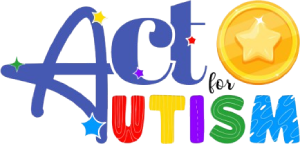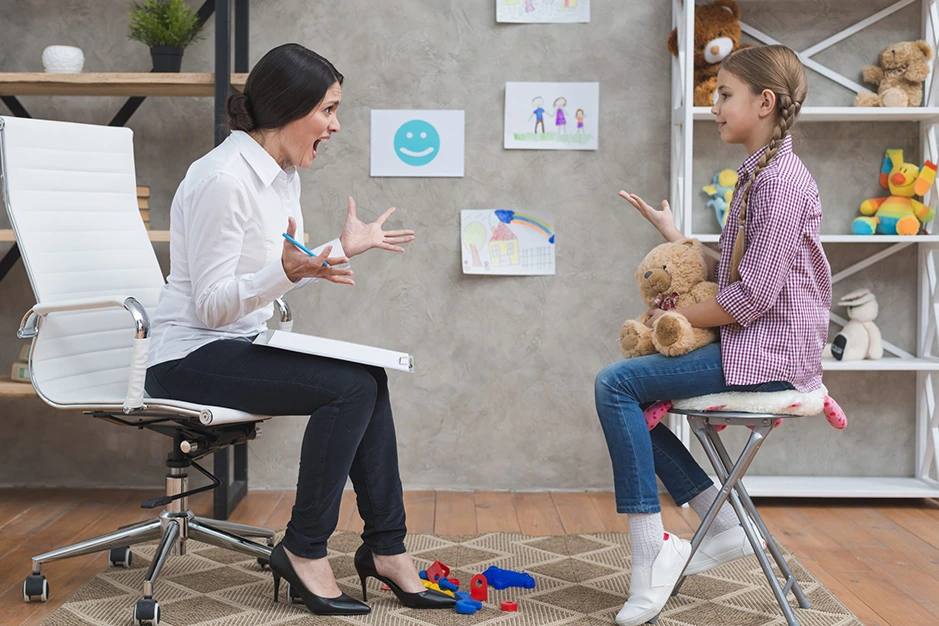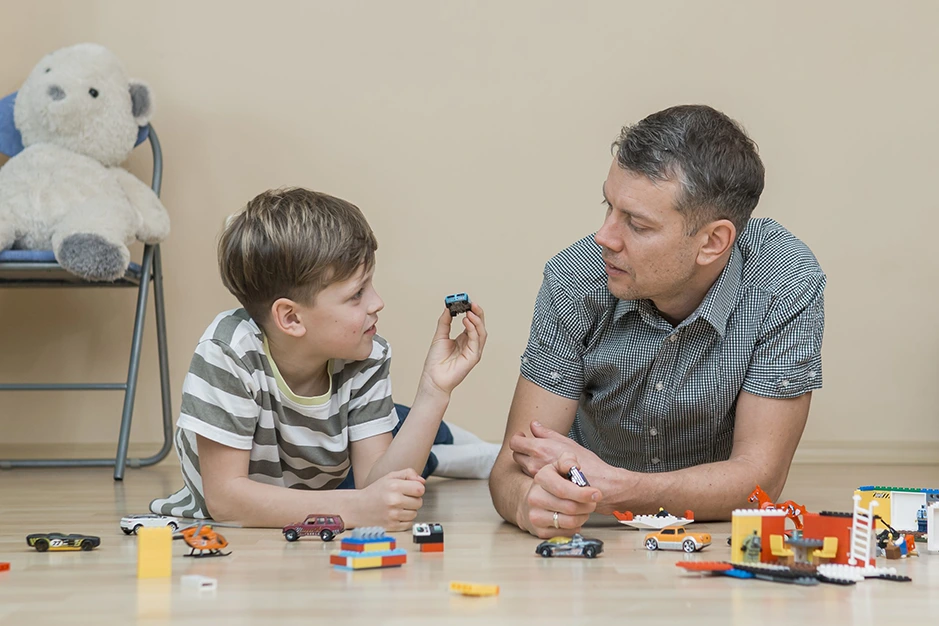Sensory Integration Therapy – Building the Brain Through Sensory Processing
Unlocking Speech, Language, and Cognitive Development Through
Neuroscience-Backed Sensory Therapy
Sensory Integration Therapy is more than just play with swings and textures — it’s a powerful, neuroscience-driven intervention that helps children regulate their brains, process the world, and develop critical skills like speech, cognition, and social interaction.
Rooted in the pioneering work of Dr. A. Jean Ayres, Sensory Integration Therapy focuses on helping the brain organize and interpret sensory input so that children can produce meaningful, adaptive responses — the foundation for learning, communication, and behavior.


What Is Sensory Integration?
Sensory Integration is the neurological process by which the brain receives, organizes, and interprets information from the body and environment through senses such as:
- Touch (Tactile)
- Balance (Vestibular)
- Body Position (Proprioception)
- Vision
- Sound (Auditory)
- Smell and Taste (Olfactory, Gustatory)
When sensory integration is functioning properly, a child can:
- Pay attention
- Sit upright
- Control emotions
- Vision
- Speak and understand language
- Interact socially
- Learn and retain new concepts
Why Sensory Integration Therapy Is Vital for Autism and Developmental Delays
Children with Autism Spectrum Disorder (ASD), ADHD, developmental delays, or Sensory Processing Disorder (SPD) often experience sensory dysregulation — their brains either overreact, underreact, or misinterpret sensory input.
This can lead to:
- Poor focus and attention
- Speech delays or lack of vocalization
- Meltdowns or shutdowns
- Difficulty with transitions
- Motor incoordination
- Avoidance of textures, movement, or sounds
- Delayed cognitive and social development
Sensory Integration Therapy helps these children by retraining the brain to process sensory input accurately and respond in a meaningful, adaptive way.
How Sensory Integration Supports Speech and Language Development
Neuroscience shows that speech and language development depend on sensory processing — particularly vestibular and proprioceptive input — which regulate:
Postural control
Breath support and vocalization
Auditory processing
Motor planning (praxis)
Vestibular Input and Speech:
Vestibular activities (such as swinging, spinning, or bouncing) stimulate brain areas involved in:
- Vocalization and spontaneous speech
- Breath control and rhythm
- Attention and engagement
- Oral-motor coordination for clear articulation
In children with autism, we often see an increase in spontaneous vocalizations and language attempts after vestibular input sessions. This is not coincidental — it’s rooted in brain science.
The Neuroscience of Sensory Processing → Perception → Cognition
Learning doesn’t begin with cognition — it begins with sensory perception.
Here’s how the hierarchy works:
Sensory Input
Sensory Perception
Cognition
Adaptive Response
Without integrated sensory input, the brain can’t make sense of the world, and higher-level functions like speech, learning, and social behavior break down.
Adaptive Response – The Heart of Sensory Integration Therapy
Example of Adaptive Response:
A child spinning → then balancing → then vocalizing = adaptive
Non-Adaptive Example:
A child spinning endlessly without interaction = sensory monotony
Monotonous sensory diets, passive stimulation, or random sensory play without challenge do not help.
We use “just-right challenges” that are fun, engaging, and slightly outside the child’s current abilities to encourage the brain to:
- Register new input
- Process it correctly
- Create an adaptive motor, verbal, or behavioral response
This leads to lasting changes in the brain (neuroplasticity) — the true purpose of therapy.
Benefits of Sensory Integration Therapy
For Speech & Language:
- Improved spontaneous vocalizations
- Better sound production and clarity
- Increased joint attention and engagement
- Enhanced auditory processing and comprehension
For Cognition & Learning:
- Increased attention span and memory
- Improved problem-solving and planning
- Boost in academic learning readiness
For Social Skills:
- Better regulation of emotions and behavior
- Enhanced ability to play and interact
- Reduction in social anxiety and withdrawal
For Physical & Motor Skills:
- Improved balance, coordination, and body awareness
- Greater confidence in movement and interaction




